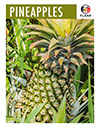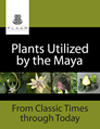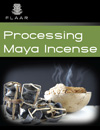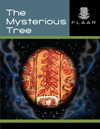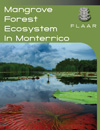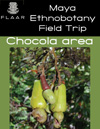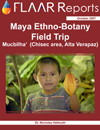It is so nice to see children still wearing the traditional Mayan clothing style. The woman at the left was the one we saw was sitting with folded legs on the ground in weaving position. She has moved her backstrap loom to accommodate the happy children.
Local people are friendly and hospitable. Guatemala’s rural areas are frankly a world treasure of happy and peaceful Mayan people.

It is so nice to see children still wearing the traditional Mayan clothing style. The woman at the left was the one we saw was sitting with folded legs on the ground in weaving position. She has moved her backstrap loom to accommodate the happy children.
Local people are friendly and hospitable. Guatemala’s rural areas are frankly a world treasure of happy and peaceful Mayan people.

Ixil Mayan weaving; Ixil huipils and corte, El Quiche, Guatemala
While driving from Finca La Perla (where we are studing a rare species of native magnolia tree) towards Chajul and then Nebaj, we saw a woman weaving in front of her house. So we stopped and when the village kids noticed we were providing candy, they all came over to say hello.
Since this area has almost no tourists, this was probably the first time a gringo had walked through their settlement to visit with them. We never got any photos of the lady weaving since so many village children came over she had to get up and unhook her backstrap loom.
We show these photos to document that the Ixil Mayan still use their traditional clothing of huipil and corte. You see the use of traditional Ixil clothing colors also in the town of San Gaspar Chajul and Santa Maria Nebaj (both are referred to simply as Chajul or Nebaj; rarely is the full name used locally). The distinctive feature of this regional clothing style is the deep dark red color of the corte, the wrap-around equivalent of a skirt. Sometimes it literally wraps around or other times it is made into a round outfit which they simply step into or lower from over their head (and then tie around their waste).
You can learn more about Mayan weaving at the Museo Ixchel, on the campus of the Universidad Francisco Marroquin, across from the Museo Popol Vuh.
Ixil Mayan language is losing speakers in Nebaj-Chajul area
When you are in the Departamento of El Quiche, it is logical to assume that the local Mayan people speak Quiche (K’iche’) Mayan. But in the Nebaj-Chajul area, the people speak the Ixil Mayan language, one of about 21 native languages of Guatemala.
The Ixil Mayan language is falling out of use in many areas. On a large finca we noticed fewer cortes and huipils, and most people said they did not speak the Ixil Mayan language, or at most “just a little.”
We have more experience in the El Peten area (where sadly the original pre-hispanic language of the Classic period is effectively no longer spoken even by the time of the Spanish conquest because the Ytzae of Yucatan took over much of what was left of the collapsed Post Classic central Peten heartland.
And the Itza version of Yucatec Maya is barely spoken any more as everyone has switched to pure Spanish or Q’eqchi’ Mayan speakers have moved in. Since there is no original Classic Maya language remaining in the Tikal-Yaxha-Lake Peten heartland, we are trying to learn Q’eqchi’ since Mopan speakers are few and far between. Manche Chol and Lacandon Cholti did not survive the Spanish obliteration, slaughter, and culturally insensitive persecution of local cultural values.
But Ixil is one of the Highland Mayan languages and was not spoken in any area of monumental Maya architecture of the Lowlands. Nebaj had Classic Maya sites and Nebaj pottery painting is considered one of the most sophisticated of the Maya area. Nebaj and Chama polychrome paintings on Classic period vases and bowls are spectacular. We show a few Nebaj Maya vase rollouts from the Museo Popol Vuh.
First posted June 16, 2014








